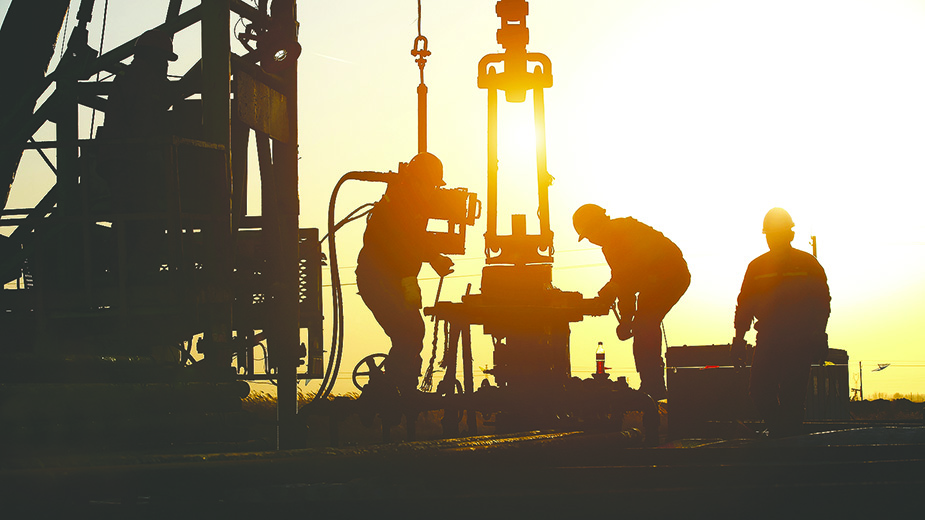Solar Leasing Update: Issues to Think About
By Nils P. Johnson
Johnson & Johnson Law Firm
YOUNGSTOWN – A lot has happened since I last wrote about leasing land to solar companies.
Ohio has mandated utilities generate a minimum of 12.5% of their energy from renewable sources, such as solar, by 2026.
Additionally, House Bill 450, now working its way through committee, provides for “community” (and not traditional utility) solar projects of 10 megawatts or less (up to about 75 acres).
Electricity from such developments would be sold to a minimum of three local users and would surely be a boon to industry, as was the case in the 1970s when natural gas drillers were first allowed to sell locally produced gas to plants such as GM Lordstown.
Moreover, the cost of solar panels has fallen, and tax incentives continue, all bolstering investment returns.
As a result, prices for leasing have skyrocketed in the last few years.
During the first rush of leasing before COVID, per acre royalties to landowners in eastern Ohio and western Pennsylvania were in the $700 to $800 range.
In the last several months, offers are topping at $2,000, depending on the property. Developers are looking for flat, open dry land near a substation.
Here are some issues to think about when dealing with a solar developer:
• The option term. It takes three to four years, at a minimum, for a developer to test the irradiance of the land, get access to the grid and cut a deal with an end user.
Understand that signing a lease does not mean the project will be built.
Thus, try to get as much of an annual payment as possible for the option period. This will also discourage “flippers.”
• Operations term. Most of the proposals call for a fixed term of 20 or 25 years, plus several additional 5-year option periods.
• Royalties. These are a function of proximity to a substation with capacity to receive the juice. See the above.
• Inflation adjustment. The royalty should escalate at 2% to 2.5% a year. (I have yet to have a company agree to tie to a cost-of-living index.)
• Taxes. The solar company should pay the three-year real estate tax recoupment that will be triggered by removing land from the Current Agricultural Use program, and any other tax occasioned by the solar installation.
Raising sheep under the array will keep the property in the Current Agricultural Use program.
• Decommissioning. To guarantee decommissioning, the developer should post a bond. Installations should be removed to three feet below the surface.
• Warranting title. Don’t. The company will do a title search.
• Developer’s responsibility. Don’t let the developer limit its liability to only willful acts. The developer should be responsible for its simple negligence.
• Insurance. Be a “named insured” on the developer’s policy.
• “Pugh” clause. With larger properties, require that a minimum number of acres be developed and that the unused portion be released.
• Survey. Require an “as built” survey showing the array, electric lines and easements.
• Easements. Particularly if less than all of the property ends up being developed, be clear which roads are designated with joint right to use.
• Fencing. Try to require that the array is fenced.
• Right to relocate. If not all the land is developed for solar energy and the unused portion could conceivably be developed into housing, it is important to retain the right to relocate buried electric lines and roads and even easements at your expense.
• Actual developer. Try to deal with an actual developer and not a broker speculating in leases.
Those who own flat land near a substation should consider leasing – farming can’t match the returns.
Copyright 2024 The Business Journal, Youngstown, Ohio.



